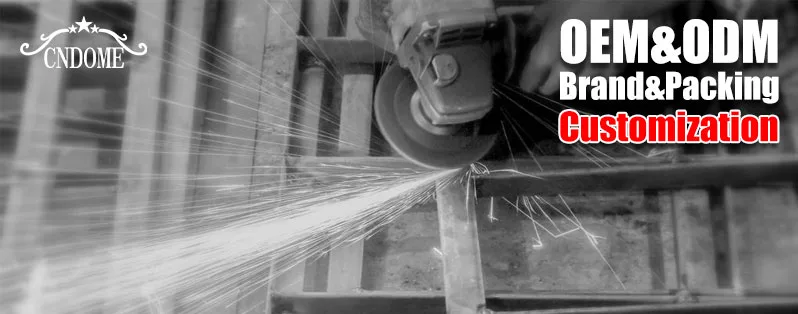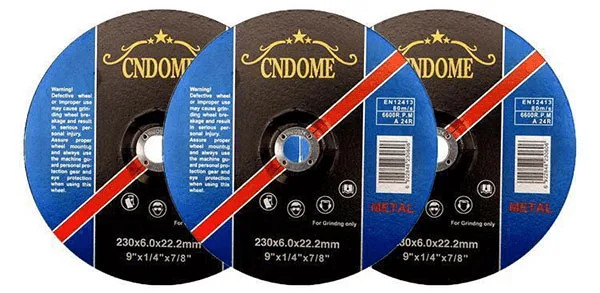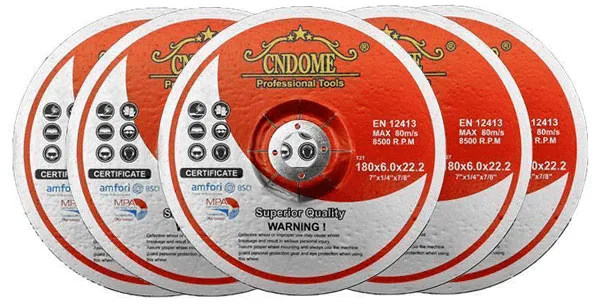Tungsten carbide, known for its durability and hardness, has become a widely used material in various industrial applications. From cutting tools to wear-resistant components, tungsten carbide’s robust nature makes it a popular choice. However, when it comes to shaping, sharpening, or finishing tungsten carbide, a crucial tool comes into play – the grinding wheel. In this blog, we’ll delve into the intricacies of grinding wheels designed specifically for tungsten carbide, exploring their composition, benefits, and proper usage.
Understanding Tungsten Carbide:
Before delving into the details of grinding discs, let’s briefly understand what makes tungsten carbide special. Tungsten carbide is a composite material composed of tungsten and carbon. It exhibits exceptional hardness, wear resistance, and strength, making it ideal for applications where toughness and durability are paramount.
The Role of Grinding Wheels:
Grinding wheels play a pivotal role in the precision shaping and finishing of tungsten carbide. They are abrasive tools designed to remove material from the workpiece, creating the desired shape or surface. When it comes to tungsten carbide, the grinding wheel must be specifically crafted to handle its hardness and abrasiveness.
Composition of Tungsten Carbide Grinding Wheels:
1. Abrasive Material: Tungsten carbide grinding discs often feature abrasive materials like diamond or cubic boron nitride (CBN). These superabrasives are capable of withstanding the hardness of tungsten carbide, ensuring efficient material removal.
2. Bonding Agent: The bonding agent in the grinding wheel holds the abrasive particles together. For tungsten carbide applications, resin or vitrified bonds are commonly used. Resin bonds offer versatility, while vitrified bonds provide enhanced durability.
Benefits of Tungsten Carbide Grinding Wheels:
1. High Precision: Tungsten carbide grinding wheels enable precise shaping and sharpening, ensuring that the final product meets stringent quality standards.
2. Longevity: The hardness of tungsten carbide demands a robust grinding tool. Tungsten carbide grinding discs, with their specialized composition, are designed for longevity and consistent performance.
3. Reduced Heat Generation: Efficient cooling properties of these grinding wheels help minimize heat generation during the grinding process. This is crucial to prevent damage to the tungsten carbide workpiece due to excessive heat.
Proper Usage Tips:
1. Select the Right Wheel: Choose a grinding wheel specifically designed for tungsten carbide applications, ensuring it matches the hardness and requirements of the material.
2. Cooling Systems: Implement effective cooling systems to prevent overheating during the grinding process. This helps maintain the integrity of the tungsten carbide.
3. Proper Technique: Adopt proper grinding techniques, such as maintaining a consistent pressure and avoiding excessive force. This ensures optimal results without causing damage.
Conclusion:
Tungsten carbide grinding wheels are indispensable tools for shaping and finishing this resilient material. By understanding their composition, benefits, and proper usage, manufacturers and craftsmen can unlock the full potential of tungsten carbide, creating durable and precise products for various industries.



